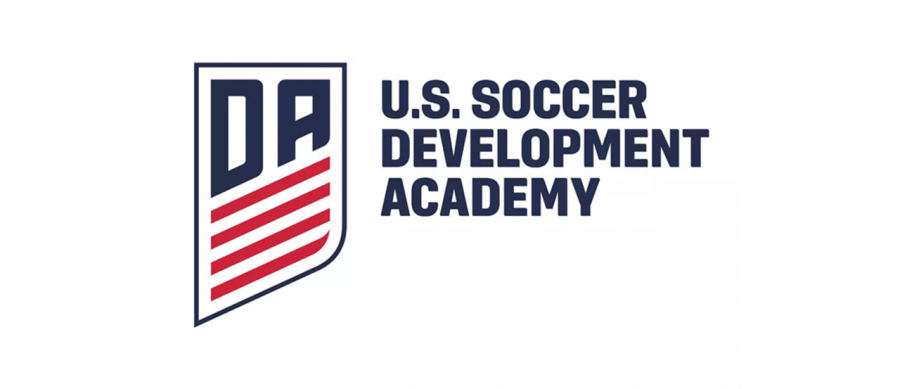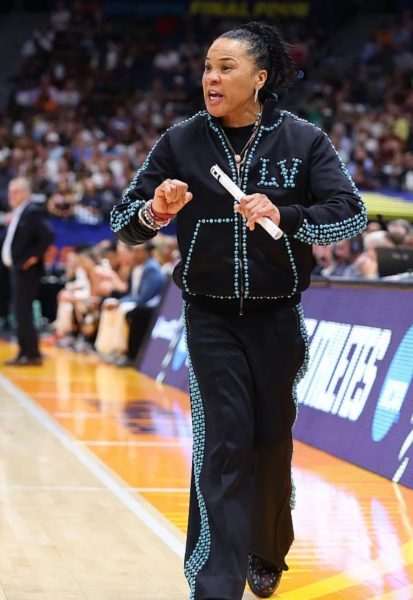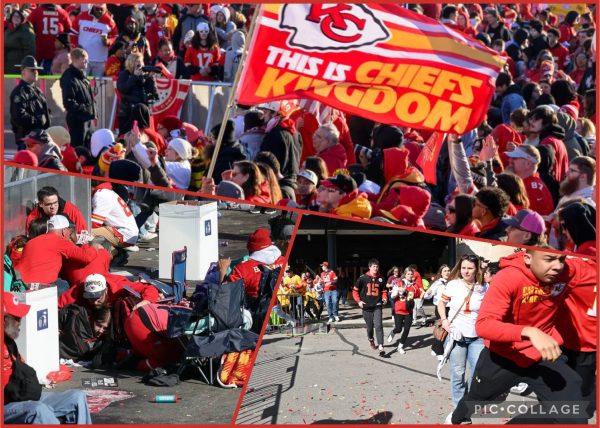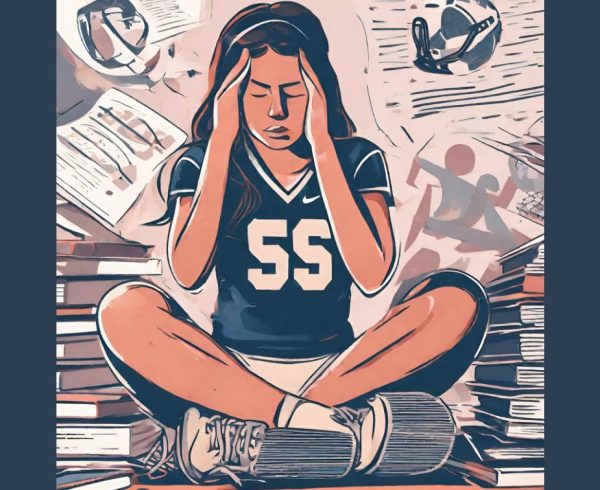USSF terminates Developmental Academy
The program helped harbor elite competition between thousands of kids, however it has not been without criticism.
The termination of the US Soccer Developmental Academy program changes the whole landscape of youth soccer and has direct impacts on all levels of play.
Like the rest of the sports world, soccer has been put on hold.
Although stadiums are vacant and athletes are left quarantined, the US Soccer Federation has still been able to make huge news with two back to back announcements. The first was concerning the termination of the US Soccer Developmental Academy program, and the second was the announcement of a brand new elite competition for MLS youth academy teams and a few select elite clubs. This news changes the whole landscape of youth soccer and has direct impacts on all levels of play.
Created in 2007 in an attempt to bring together the highest level players in elite regional and national competitions while also implementing coaching and training standards, the US Developmental Academy was forged into place for boys across the nation. Ten years later, the USSDA launched the program for girls. Each year the program grew, encompassing teams from the U-12 level all the way to the U-19 level. According to Sports Illustrated, the USSDA has more than 20,000 players competing in the program.
The program helped harbor elite competition between thousands of kids, however it has not been without criticism. The three main prongs of grievances come from USSF’s rule outlawing DA players to participate in high school soccer, the economic strain the DA has had on the MLS and players, and the return on investment for US soccer as a whole.
The opportunity to play for a DA team is wanted by many. For the players that achieve this, they must sacrifice playing on their high school soccer team. This rule is to insure DA players are ready to play without the risk of fatigue or injury, but many players feel it hinders them from experiencing playing with their closest friends and the extra exposure high school soccer could give for a potential college recruit.
Another sacrifice a player must make isn’t felt on the field, but in their parents’ pockets. The DA program has been subject to harsh criticism for the amount of money parents have had to dish out for their child to compete in the current pay-to-play structure of US youth. Unless a player is picked up by a fully funded MLS academy team, they must pay astronomical fees.
Although there are some scholarships offered for players who cannot afford to play, prices are still extremely high when factoring in travel, hotels, and other out of pocket fees. According to the San Diego Union-Tribune, the DA model “put 13-year-olds on airplanes for games or showcase events, and total costs between dues and travel could be upwards of $10,000 per year”
On the other side of the coin, Major League Soccer has shelled out millions of dollars to fund their academies, which has had a huge economic toll on the league and the USSF. In 2019, the MLS paid $8.4 million for their DA teams. On top of this, US Soccer has been in a multimillion dollar lawsuit with the USWNT over the equal pay controversy.
Combine this with the disappointing results from the men’s national team, and the return on investment for all this money looks uncertain.
So what does the termination of the Developmental Academy program mean for US Soccer?
As of right now there are more questions than answers. What is known is that there will be a new league with the MLS boys academy teams and a few select clubs. In a statement from the MLS, the program will be “a new elite youth competition platform intended to provide year-round high-level matches for MLS club academy teams and non-MLS academy teams that previously participated in the U.S. Soccer Development Academy”.
Although the MLS is currently “evaluating the potential to provide future competition opportunities for girls”, it should be noted that as of right now, this new league is only for the boys. Youth girl teams that competed in DA as well as the boy teams that have not been chosen for this new league will be in a state of limbo until they find a new league to participate in. This will effectively change the landscape of youth soccer and high school soccer, for better or for worse, with a new influx of teams and individual players looking for the right place for them.
The inception of the USSDA program was supposed to focus on the development of players for the benefit of US Soccer as a whole, however the cutthroat decision to terminate it leaves many players left to dry, while further separating the MLS into an elite group. These changes will take time to flesh out even if soccer resumes in the coming months. The MLS will try to grow their new league and teams left behind will attempt to find what’s next for them.








